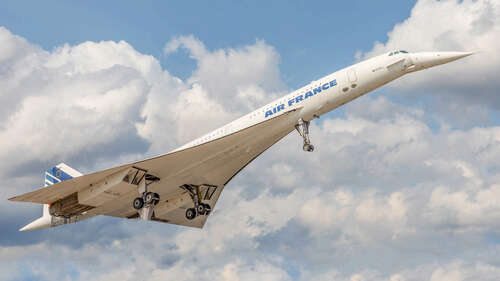
Risks associated with fuel inefficiency (especially regarding range and fuel reserve protocols), fuel tank fire hazard potential, the danger associated with high altitude decompression, temperature shear, and environmental red flags were some of the biggest hurdles in the way of Concorde’s US FAA nod. Then there was the noise issue, which was unavoidable every time the Concorde breached the sound barrier. Environmental impact assessment demonstrated that during landing, the Concorde was marginally quieter than a Boeing 707, but during take-off, it was twice as noisy as a Boeing 707, four times noisier than a Boeing 747, and eight times louder than a DC-10.
“An aircraft flies supersonically at roughly 765 miles per hour. Depending upon factors, such as outside air temperature and altitude flown, airflow around the nose and wings of the aircraft cannot get out of the way; therefore, a “shock” or “sonic boom” is created,” Levy explains.
Exposure to aircraft-borne noise pollution has already been linked with disruptions in sleep, delays in children’s learning, issues with mental health, and cardiovascular diseases. The sonic boom generated by commercial supersonic airplanes could prove to be worse.
NASA assures that the X-59 only produces what it calls a “quieter sonic thump.” NASA test documents show that this thump would be roughly equivalent to the noise made by a car door slamming shut 100 feet down the road.
Boom Supersonic is also trying to allay noise concerns, noting that the sound produced by the Overture will be comparable to the current fleet of subsonic aircraft. The company notes that, unlike the Concorde, the Overture will not use afterburners, and its jet exhaust will remain subsonic during take-off. Consequently, there will be no intense shocks in its exhaust plume, often observed and heard in supersonic military aircraft.

